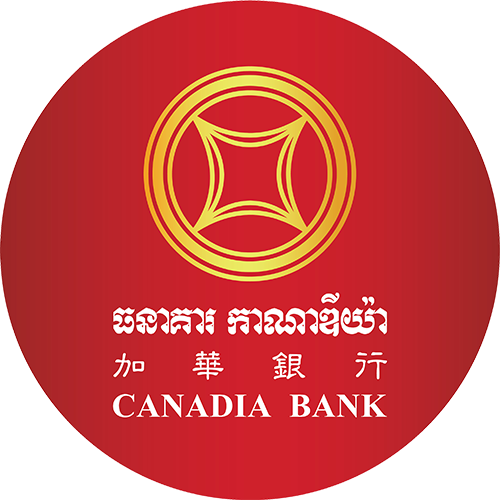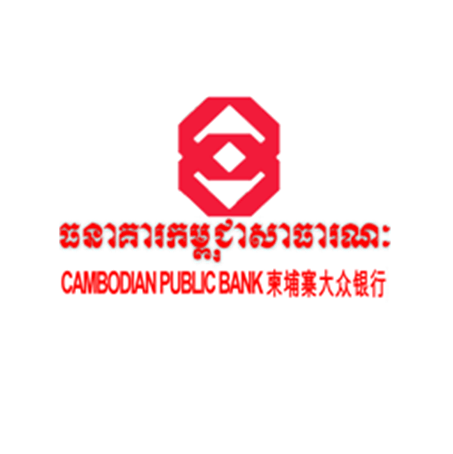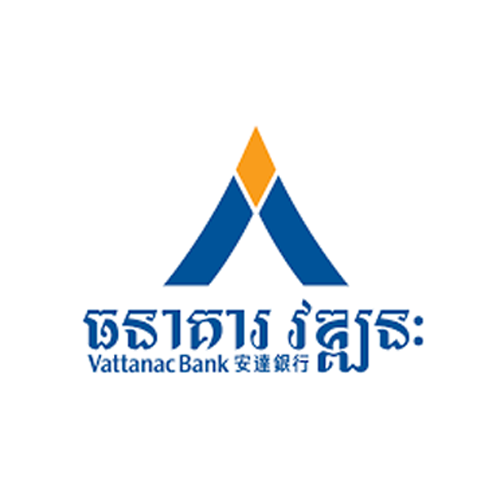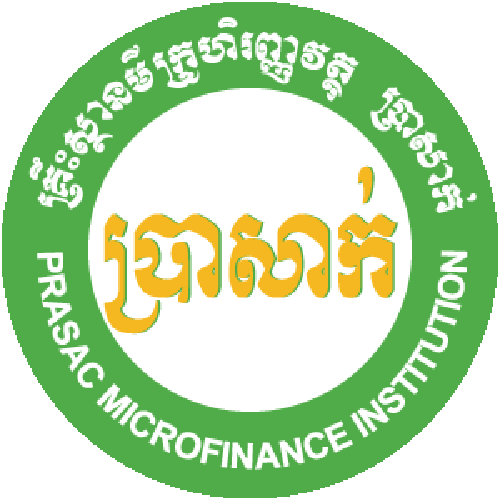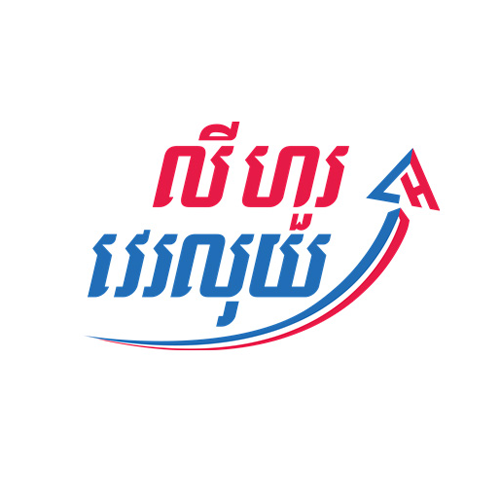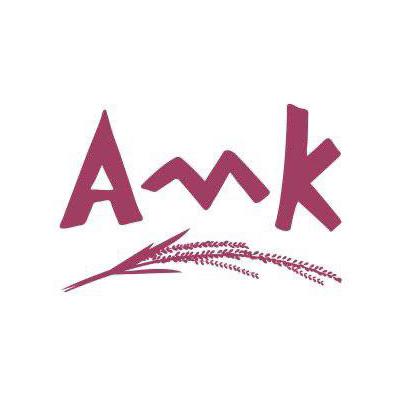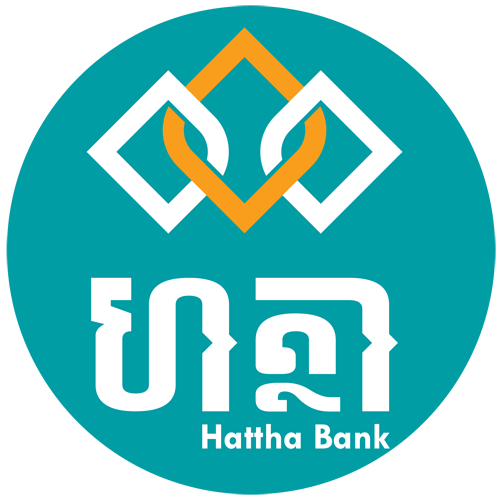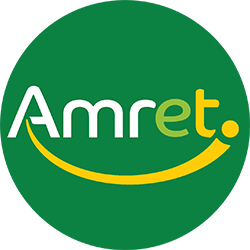NON-REVENUE WATER
Managing water loss is regarded by PPWSA as the most critical function in its operation because a decrease in water loss results in an increase in billings and income. In 1993 the rate of water loss experienced by PPWSA was 72%. This rate decreased to approximately 8.75% in 2023, as shown in graph below. This achievement over a relatively short time frame resulted in PPWSA earning high praise from a number of international institutions, and PPWSA being awarded a number of trophies and world awards.
The Result of NRW(%) from 1993 to 2023
The above reduction in water losses was achieved by PPWSA implementing six measures in its water loss reduction program, as follows:
• Customer Management Improvements:
- Before 1993, customer management was highly inefficient. As already elucidated
above, the number of customers appearing in PPWSA’s records was different from the
actual number of customers. Furthermore, the records did not have details of people
with water connections, but contained details of people with no water connection. These factors resulted in a bill collection rate of only 48%. In order to correct its records, PPWSA requested Phnom Penh Municipality to provide 100 people to assist PPWSA gathering data to correct its records. The data collection process started in March 1994 and ended in late 1994. As a result of this data gathering exercise, 13,722 water
connections were identified, whose names did not appear in PPWSA’s records. There
were 12,980 people whose names appeared in PPWSA’s records but who did not have
a water connection. In total 1,945 collective wells were identified, in relation to which no water bills were paid. At that time, due to the low water pressure of the supply system, people dug wells and pierced water distribution main pipelines to cause water to flow from the pipelines into the wells, which were collectively used by many families.
- The pressing solutions for PPWSA were:
1) installing meters on the pipelines that were used to provide water for the wells, and assigning a representative to settle water bills in relation to these wells;
2) in cases where no representative could be found, a connection to each household had to be established and the wells filled in. These collective wells no longer exist as a result of water connections to each household having been installed.
• Managing Water Meters:
- This was divided into 3 Parts:
1) ensuring that all household connections were metered;
2) the selection of water meters with high efficiency and acceptable quality; and
3) the introduction of a monitoring and replacement program. In 1993, 12.61% of all water
connections had water meters, resulting in most water bills being calculated based on assumptions. In 1994, PPWSA commenced installing water meters to all household
connections and ceased calculating water bills based on assumptions.
- In order to improve the accuracy of the water meters in 1997, PPWSA commenced
replacing the old Class B meters which had a low accuracy and a bias rate more than
+/- 8%, with Class C meters, which had higher accuracy and a bias rate of +/- 2%.
- The final measure in the management of water meters was a program for monitoring the
replacement of meters. The longer the meters were in service, the higher their bias rate
was found to be. Accordingly, in 1994, PPWSA established expert offices to regularly
monitor and replace the meters according to standard operating procedure.
• The replacement of old pipes with new ones:
- This was a highly efficient measure in reducing water loss. From 1993 to 2001, PPWSA actively implemented a program pipe replacement. In order to ensure the quality of the water distribution network employees were given a lot of training.
• The timely repair of leaks in the pipelines:
- This was the most important factor in reducing water loss by leakage. Up until 1993,
PPWSA had no water leakage repair working group but only a distribution connection
group without clear duties. Sometimes this group repaired leaking pipelines; sometimes they cleaned old pipelines in order to reconnect them, and sometimes they installed
distribution pipelines in only one or two locations per year. This group had approximately
10 members, receiving small bonuses but without incentives to motivate them; some of
them just came to work to show their face and then returned home. This situation made
water repair a rarity. As a result, PPWSA had no statistics on water leakage nor the
actual number of repairmen available in those years. Moreover, the lack of material for
conducting repairs and the employee’s lack of skill, resulted in what repairs were made
sub-standard. In some cases repairs were affected by means of bicycle or motorbike
tires wrapped around the leak.
- In 1994, 2 water-leakage repair groups were created and whose duties were to repair all
water leakages. Since then, statistics have been gathered recording the number of
water leakages. Annually there are water leakages at approximately 1,800 locations,
requiring at least 5 locations to be repaired per day. From that time on, the working
group received ongoing training on work methods and repair tools. Currently, the repair
of water leaks is PPWSA’s highest priority. In compliance with the standard operating
procedure; a repairing group must be available 24 hours per day, so that repairs can be
commenced not later than 1 hour after information about the water leak is received.
• The management of water losses in the service area
- It started with the creation of one water management group in 1996. This group had 5 members who were trained by a technical advisor from Safage under a grant of French aid. This group did work and conducted studies at the same time at three model areas in Sangkat Tuol Svay Prey 1 and 2 and Sangkat Olympic, Khan Chamkar Mon. The main point of this work was to conduct analysis to identify invisible water leaks by dividing the water distribution system into areas of suitable sizes; monitor water flow at night time and do Night Step Tests by visiting and listening in order to determine whether there were water leaks in the areas. After gaining adequate experience in 1998, the working group proceeded to organize areas and manage other districts (Khans) in accordance with the programs for replacing main water distribution pipelines. In 2002, after gaining confidence in the employees who were in charge of their certain areas, PPWSA terminated the service contract of the technical advisor and carried out the work by itself. At that time, the rate of water loss was 21.5%. Since then, the rate of water loss has been reduced to 6%, which is the lowest rate of any water authorities in the region. Currently, PPWSA has 8 groups to control water loss in the service areas with 63 technical employees. They have been assigned to control water losses in the areas determined by PPWSA.
• Preventing and deterring offenses:
- Preventing and deterring offenses is divided into 3 categories: internal education,
promotion and inspection. Internal education focuses on educating PPWSA’s
employees to deter them from committing offences, such as abetting in the illegal
installation of water connections, splitting water connections before the meters, reducing
the speed of the meter and reversing the counter of the meters. Any employee found
abetting these offences is severely punished, in accordance with the Employee Statute
and is prosecuted.
- In addition, PPWSA educates the public about its rules and the various offences to
make them aware of the offences and deter them from committing the offences. The
public are also encouraged to report offences to PPWSA. For any information leading to
the arrest of offenders, PPWSA can reward the informant. The offender and any abettor
face large fines. Obstinate offenders are prosecuted by PPWSA. An inspection unit,
which was established in 1993 has, the duty to conduct investigations and commence
prosecutions.
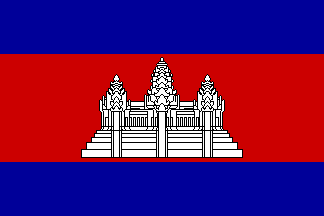 Khmer
Khmer




